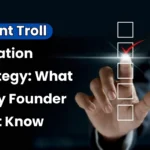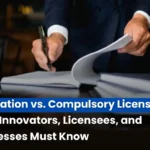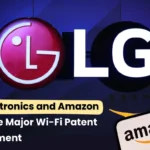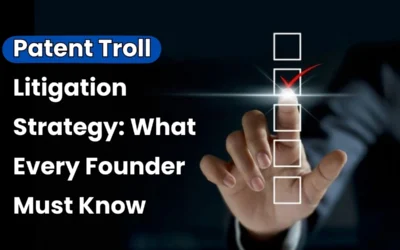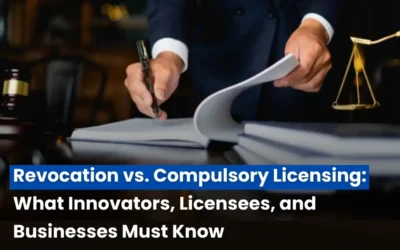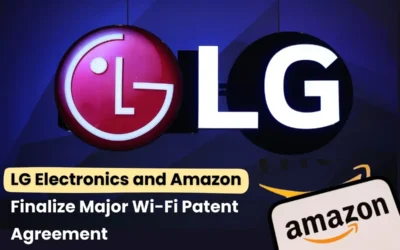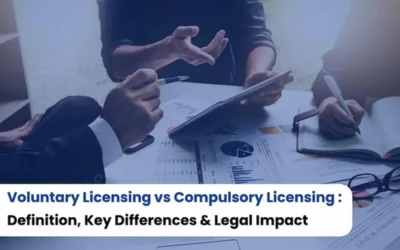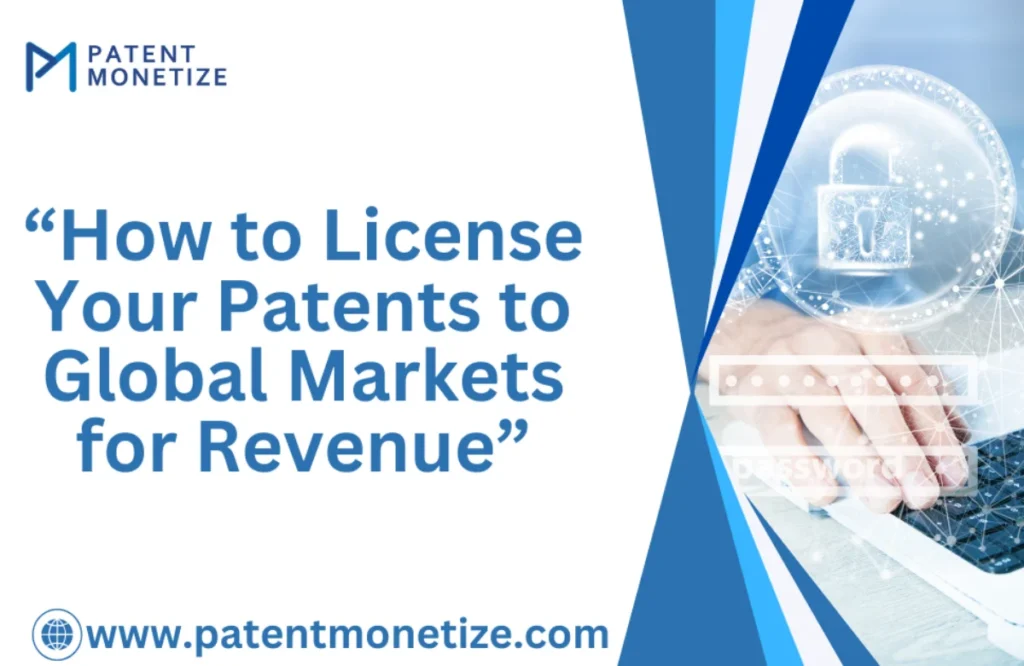
It forms the basis of any inventor’s drive into innovation. A patent legally grants an individual the exclusive rights to an invention. Therefore, a patent owner can sell or license the patented product for revenue. In this case, there is much more to patent licensing to global market for revenue than merely holding it. Licensing patents to international markets can bring in lots of revenues without the need for large-scale production and distribution. But how do you license your patents to global markets? This article delves deep into the process of patent licensing, benefits, and how you can maximize your revenue by licensing your patents to global markets.
What is Patent Licensing?
He is allowed to license the manufacture, use, sale, and distribution of his invention to the licensee. He will be receiving royalties or agreed compensation as his share of that part of his income. Patent licensing is what makes an inventor able to earn money on an invention without necessarily having to produce it or to popularize it in the market.This can be at national and global levels, though the latter offers wonderful opportunities for business expansion. Once the right to foreign markets is acquired, alien laws, regulations, and culture and market dynamics have to be dealt with, but if returns are justified that’s fine too.
Why License Patents to Global Markets?
Patent licensing to other countries is beneficial, especially to an inventor who does not have the capital to manufacture and distribute his product. Here are the reasons why one should license his patents overseas:
Income Generation: In reality, the key advantage of licensing a patent is income generation. Generally, any licensing agreement incorporates various elements consisting of an up-front payment or milestone payment as well as, sometimes continuous royalties that may guarantee a regular cash inflow.
Market Opportunities: The more diversified and extensive market you get when you license your patent to international markets. This is a great global reach, which sounds so big that the potential of what you created may be multiplied.
Lower Risk and Cost: Producing, marketing, and distributing a product requires high investment. Through licensing, liability is passed to the licensee who will produce and market the product.
Maximizing Expertise: The regions will have niche requirements and specifications. Licensing patents to companies that are already quite well aware of the subtleties of the local market makes them use it even better since they know best how to put it to action.
International Recognition: Licensing across borders enhances the profile of the inventor. That can increase a profile and potentially open doors to further licensing prospects.
Steps of Licensing Patents to International Markets for Income
Licensing patents to international markets is not a one-step process. It requires strategic thinking, and below we outline the essentials of how to license your patents to international markets smoothly-and hopefully profitably.
Step 1: Evaluate the Value of Your Patent
Before licensing your patent in the global market, you must first value it. This process demands a complete valuation to establish the uniqueness of your invention, how commercially useful it can be, and the link with the existing patents in the market.
How to do this:
- Patent’s Innovation: Is it a revolution? Does it solve something in a unique way? The more innovative and useful your patent is, the higher its value.
- Measure Market Demand: Does the invention fulfill a very strong need in the market, or does it fill a space? Inventions with high demand tend to receive better licensing offers.
- Study Competitor Patents: Learn all patents in this category and know their licensing terms. This will give an approximate idea of how much money other patents are drawing in.
Step 2: Find Potential Licensees
Then you find people who may be interested in licensing your patent. Such people include companies, firms or even organizations that are highly likely to become interested in the use of your invention. Manufacturers, distributors, and firms would be interested as they carry out their businesses related to your inventions. You can even begin with International Trade Shows and Conferences.
- Industry Leaders Network: Reach through your networks and contacts for industries to find out companies that would want to license the innovative technologies.
- Market Research: Look up markets from outside the country to find companies that need your patented product or technology.
Step 3. Present Licensing Agreement
After that, then it is time to start negotiations for the licensing agreement after identifying potential licensees. Licensing agreement – formally known as licensing contract- this is a legally binding agreement specifying the relationship conditions and terms between the parties involved. Please consider consulting with a patent attorney or a professional licensed to protect your interests during negotiations. Most general elements of any licensing agreement consist of
- Royalty Rates: The percentage of sales that the licensee will give you for allowing them to use your patent. These vary by industry, market size, and what is in the deal.
- Territory: Decide on which territories the licensee is authorized to use your patent. Typically, international licenses include specific territories, such as Europe, North America, or Asia.
- Exclusivity: You can also make the license either exclusive or non-exclusive. An exclusive license is where you restrict the right to use a patent in the given territory solely to the licensee. A non-exclusive license on the other hand allows you to license the same patent to other parties.
- Duration: Determine how long you are willing to offer a licensing agreement. It can either be for years or for the whole period covered by the term of the patent.
- Terms of Payment: State that the payment structure will consist of initial payments, milestone payments, and royalties, with a near-future payment schedule.
Negotiation of the terms of the licensing agreement will ensure that both parties are comfortable with the terms of the agreement. The negotiation should be strategic, aiming at revenue maximization and ensuring protection of your intellectual property.
Step 4. Negotiating points
- Exclusivity vs. Non-Exclusivity: whether granting an exclusive license is ultimately in your best interest
- Royalty Percentage: a reasonable royalty rate can be determined using industry standards.
- Performance Clauses: In the terms where a licensee will have obligations for achievement of certain levels of performance in minimum sales, or efforts into marketing.
- Territorial Rights: If the licensee demands territorial rights in the worldwide market, provide in the details wherein it may exercise its patents, whether such territories can also be allowed by others.
Step 5. Monitor and Enforce the Agreement
It is not the end of the job when the license agreement is signed. The performance of the licensee needs to be closely monitored in order to make sure that the licensee is holding up to what is agreed in the license. Some of them include:
- Tracking Royalties: Tracking royalty payments regularly to ensure the licensee is making the right payment.
- Exercise IP Rights: If you come across any type of infringement or misuse of your patented product, then act promptly on the very spot to protect your IP.
- Communication: Transparent and regular communication with the licensees to run the operation effectively. You can also help smooth out any dispute between the parties.
Read Also: How Do I Create a Revenue Model from Patent Licensing Internationally?
Conclusion
Licensing your patents to the global market will bring forth effective ways for revenue generation while spreading the use of the invention. Knowing how to do this and how to assess the value of your patent in order to negotiate good licensing terms might allow you to penetrate international markets and unlock new revenue streams. However, licensing across borders is not without its problems, and these payoffs make this a promising venture for inventors who would want to maximize their intellectual property potential. With proper strategy, legal help, and the right international linkages, then patent licensing might just turn out to be an incredibly robust source of income generation as well as a global brand builder for oneself.
